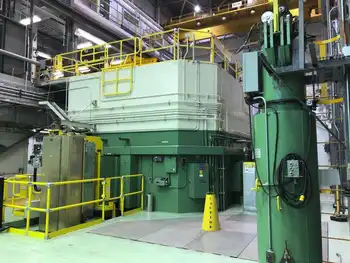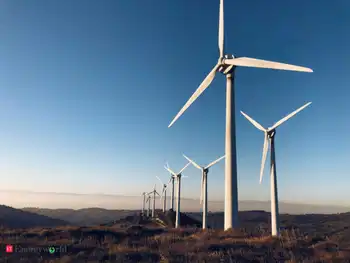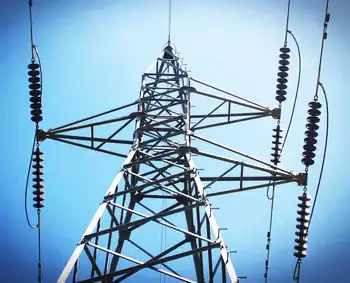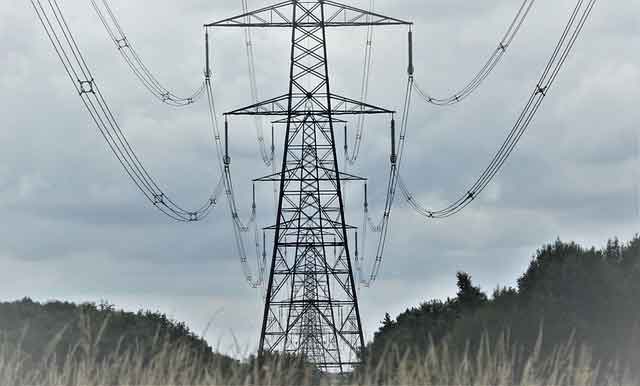U.S. renewables neck-and-neck with nuclear
WASHINGTON DC - According to the most recent issue of the "Monthly Energy Review" by the U.S. Energy Information Administration EIA, "nuclear electric power accounted for 11 of primary energy production and renewable energy accounted for 11 of primary energy production" during the first nine months of 2010.
More specifically, renewable energy sources i.e., biomass/biofuels, geothermal, solar, water, and wind accounted for 10.9 of domestic energy production and increased by 5.7 compared to the same period in 2009. Meanwhile, nuclear power accounted for 11.4 of domestic energy production but provided 0.5 less energy than a year earlier.
The numbers from 2010 are the most recent period for which data have been released.
Among the renewable energy sources, biomass and biofuels accounted for 51.95, hydropower for 31.50, wind for 10.52, geothermal for 4.65, and solar for 1.38. Comparing the first three-quarters of 2010 against the same period in 2009, hydropower declined by 5.2 but geothermal expanded by 1.8, solar grew by 2.4, biomass/biofuels increased by 10.0, and wind grew by 26.7 combined, non-hydro renewables expanded by 11.5.
Preliminary data also show that fossil fuels accounted for 78 of primary energy production. Overall, U.S. primary energy production rose by 2 compared with the first nine months of 2009.
“Members of the incoming Congress are proposing to slash cost-effective funding for rapidly expanding renewable energy technologies while foolishly plowing ever-more federal dollars into the nuclear power black hole,” said Ken Bossong, Executive Director of the SUN DAY Campaign. “The numbers clearly show this would be betting on the obvious loser while ignoring the clearly emerging winner in the energy race.”
And according to EIA’s latest "Electric Power Monthly," renewable energy sources accounted for 10.18 of U.S. electrical generation during the first three-quarters of 2010. Compared to the same period in 2009, renewables — including hydropower — grew by 2.2. While conventional hydropower dropped by 5.2, non-hydro renewable used in electrical generation expanded by 16.8 with geothermal growing by 4.9, biomass by 5.5, wind by 27.3, and solar by 47.1. Non-hydro renewables accounted for 3.9 of total electrical generation from January 1 - September 30, 2010 — up from 3.5 the year before.
Related News
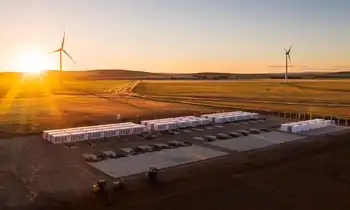
"Kill the viability": big batteries to lose out from electricity grid rule change
MELBOURNE - Tesla, Snowy Hydro and other big suppliers of storage capacity on Australia’s main electricity grid warn proposed rule changes amount to a tax on their operations that will deter investors and slow the decarbonisation of the industry.
The Australian Energy Market Commission (AEMC) will release its final decision this Thursday on new rules for integrating batteries, pumped hydro and other forms of storage.
The AEMC’s draft decision, released in July, angered many firms because it proposed charging storage providers for drawing power, ignoring a recommendation by the Australian Electricity Market Operator (AEMO) that they be exempt.
Battery maker…

